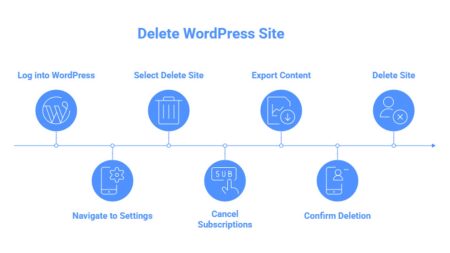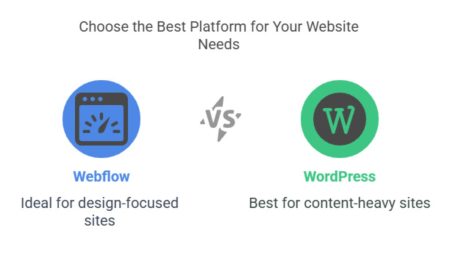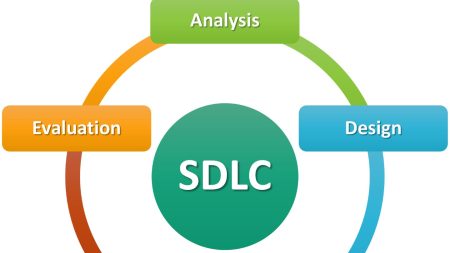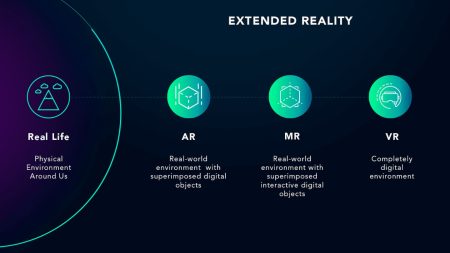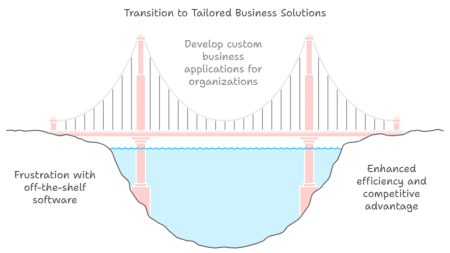Your Code, Their Genius, Everybody Wins
Ever feel like building software is like juggling flaming torches while riding a unicycle? It’s tricky, risky and one wrong move can burn you. That’s where software development as a service swoops in like a trusty sidekick. This isn’t just another tech trend – it’s a lifeline for businesses craving innovation without the chaos. So, what’s the big deal about SDaaS? Imagine hiring a pit crew for your racecar. You focus on driving; they handle the engine. That’s software development as-a-service in a nutshell – expert teams build your app, platform or system while you steer the vision.
Statista says the global IT outsourcing market hit $413 billion in 2023, and SDaaS is a shining star in that galaxy. Why? It’s flexible, cost-smart, and packed with expertise. In this article, we’ll unpack why custom software SDaaS is a game-changer. We’ll explore how it works, who’s using it, and what pitfalls to dodge. Also, we’ll peek at its future – spoiler: it’s bright. Whether you’re a startup hustler or a corporate trailblazer, software development as a service can save your bacon. Ready to see why software development with services is your ticket to tech success? Let’s dive in.
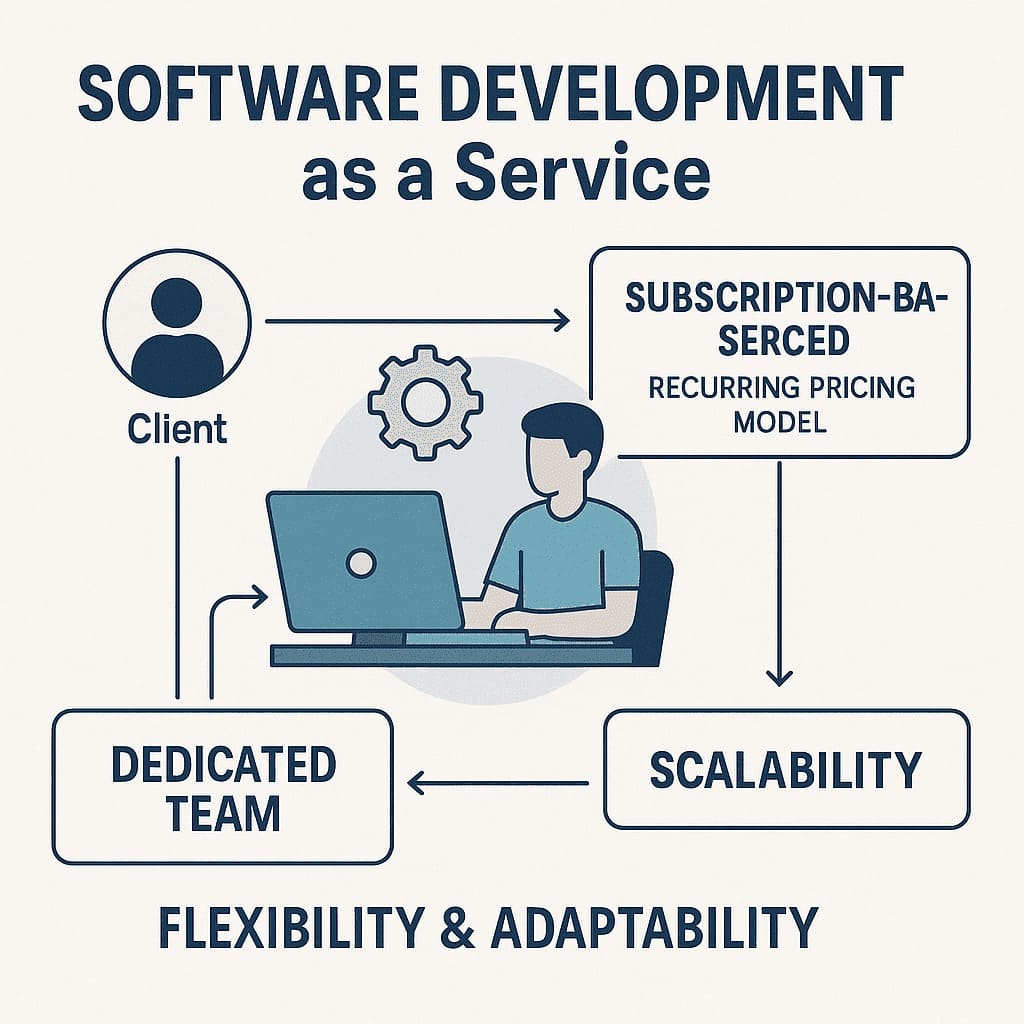
What’s Software Development as a Service (SDaaS) Anyway?
Trying to pin down software development as a service feels like catching a cloud – it’s there, but it’s slippery. At its core, SDaaS is about outsourcing your tech needs to pros who live and breathe code. Think of it as renting a master carpenter to build your dream treehouse. You sketch the idea; they hammer the nails. But let’s get real – SDaaS isn’t just code-slinging. It’s a partnership. Providers handle testing, debugging, even deployment, so you don’t sweat the small stuff.
For example, Shopify leaned on outsourced teams to scale its platform early on. The result? A global e-commerce juggernaut. Software development as-a-service also saves you from the hiring hamster wheel – no need to chase elusive tech unicorns. Unlike hiring full-time devs, the SDaaS model is like a buffet – you pick what you need, when you need it. A Deloitte 2024 survey found 70% of businesses using software development as a service cut their time-to-market. Why? Teams work iteratively, tweaking as they go. It’s not a “build it and bolt” deal. You’re in the loop, giving feedback to shape the final product.
Custom Software Development as a Service
SDaaS delivers custom software development as a service tailored to your goals. Need a slick mobile app? A beefy CRM system? SDaaS teams dive into your vision, whip up prototypes, and code solutions that fit like a glove. Gartner notes that 60% of companies outsourcing tech in 2024 cited flexibility as their top perk. That’s no surprise – software development as a service lets you pivot fast. On the flip side, communication is key. Missteps happen if expectations aren’t clear. Still, SDaaS shines by blending expertise with affordability. It’s like hiring a Michelin-star chef for your taco stand – top-tier results without breaking the bank. Curious why this beats going solo? Let’s unpack that next.
Why SDaaS Trumps DIY Coding?
Building software in-house can feel like herding cats – messy, stressful, and prone to scratches. That’s why software development as a service is stealing the spotlight. It’s not just a tool; it’s a turbo boost for businesses racing to innovate. Let’s break down why SDaaS leaves DIY coding in the dust. First, there’s the money angle. Hiring full-time devs costs a pretty penny – think salaries, benefits, and endless coffee runs. Gartner’s 2024 report says outsourcing via SDaaS can slash development costs by 20-40%. That’s cash you can pour into marketing, growth, or a fancy office ping-pong table.
Custom software SDaaS delivers bang for your buck without skimping on quality. Then there’s expertise. Finding top-tier coders is like panning for gold – tough and time-consuming. SDaaS hands you a ready-made crew of specialists. Need blockchain? AI? They’ve got you covered. For instance, Spotify tapped outsourced teams for non-core features, freeing its in-house stars to focus on playlists. The SDaaS model means you’re not stuck training newbies or praying your intern doesn’t crash the server.
SDaaS Key Profits
Speed is another win. In-house projects often crawl, bogged down by bottlenecks. Software development as-a-service flips that script. Teams work in sprints, delivering usable chunks fast. A 2023 McKinsey study found 65% of SDaaS users launched products quicker than competitors. Take Slack – it used SDaaS to polish integrations, hitting the market before rivals could blink. Flexibility seals the deal. Need a small tweak today, a massive overhaul tomorrow? Software Development as a Service (SDaaS) scales like stretchy yoga pants.
You’re not locked into rigid plans. This is huge for startups – Airbnb scaled its booking system with SDaaS, dodging the growing pains of in-house sprawl. Above all, SDaaS lets you pivot without tripping over your own feet. But it’s not all sunshine. In-house gives you control – SDaaS asks you to share the wheel. Clear briefs and check-ins keep things smooth, though. It’s like hiring a personal trainer – you set the goals, they bring the plan. So, why wrestle with DIY when software development with services hands you a shortcut to success? Let’s peek under the hood of how it actually works.
How the SDaaS Machine Runs?
Ever wonder how software development as a service spins straw into gold? It’s not magic – it’s a well-oiled process that turns your ideas into reality. Think of SDaaS as a food truck with a gourmet menu: you order, they cook, and you savor the results. Let’s walk through how this engine hums. It starts with discovery. software development as a service teams sit you down to unpack your goals. What’s the app for? Who’s using it? This isn’t a quick chat – it’s a deep dive. A 2024 Deloitte report says 80% of successful SDaaS projects nail this phase.
Why? Clear goals prevent costly detours. Custom software SDaaS thrives on understanding your vision first. Next comes prototyping. Teams sketch wireframes or mockups to test ideas. It’s like trying on jeans before buying – you see the fit early. Feedback shapes this stage, keeping things on track. For example, Dropbox used SDaaS to prototype its file-sharing UI, saving months of rework. The SDaaS model leans hard into iteration – no big reveal.
Software Development as a Service Process
Then it’s coding time. Developers build in chunks, delivering features step-by-step. You’re not left twiddling thumbs – a 2023 IDC study found SDaaS cuts delivery times by 30% versus traditional methods. Testing happens alongside, catching bugs before they bite. Software development as-a-service keeps quality tight while moving fast. Deployment wraps it up. Your product hits the market, but the work doesn’t stop. Software development as a service includes updates and tweaks as needs evolve.
Think of it like tending a garden – plant, nurture, grow. Netflix, for instance, uses SDaaS for niche features, keeping its platform fresh. Also, you get support post-launch, so you’re never stranded. Communication glues it all together. Regular check-ins – think weekly Zooms or Slack pings – keep you in the driver’s seat. But here’s the catch: vague briefs can derail things. Be clear, and SDaaS sings. Curious who’s hopping on this bandwagon? Let’s see who’s riding the software development wave.
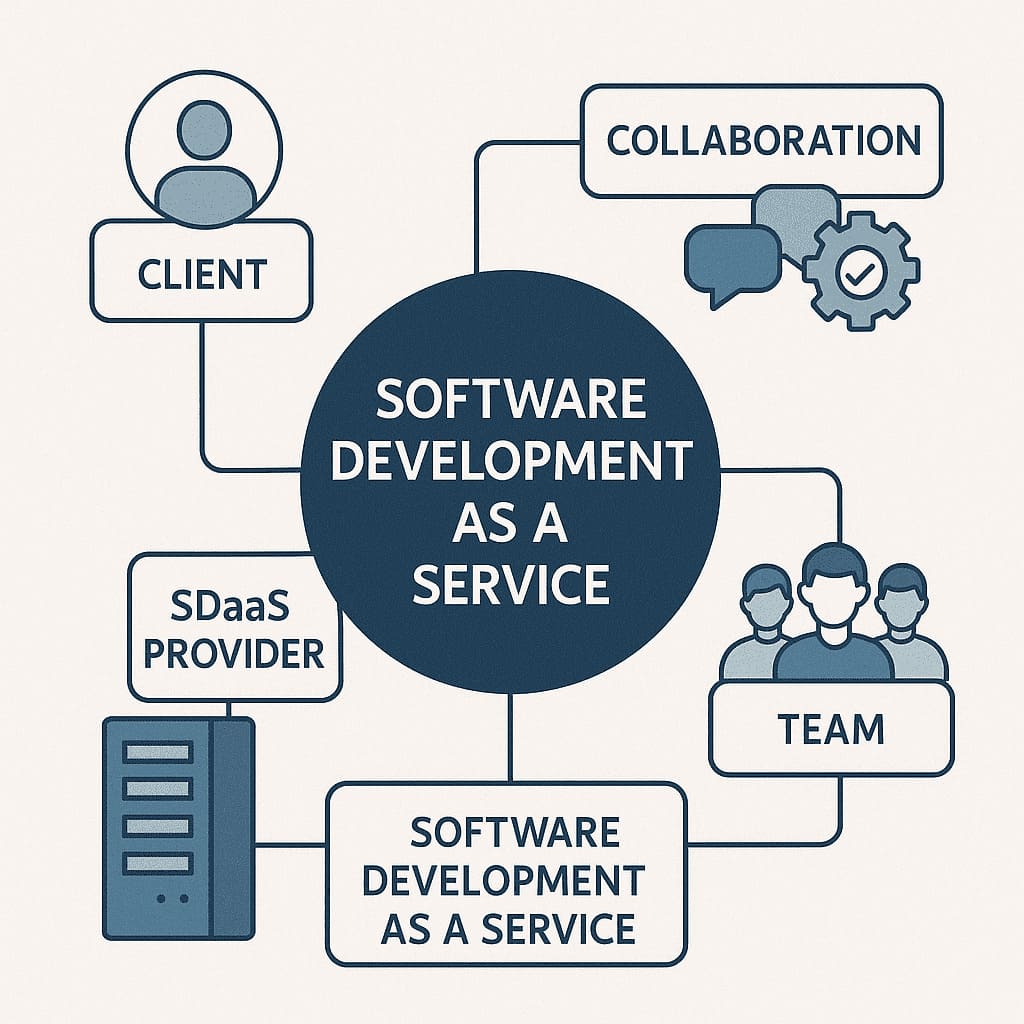
Who’s Loving SDaaS?
Software development as a service isn’t just for tech nerds – it’s for anyone with a big idea and a tight timeline. From scrappy startups to corporate titans, SDaaS is the great equalizer. It’s like handing David a slingshot to face Goliath. Who’s grabbing this tool? Let’s meet the crowd. Startups are all over custom software SDaaS. Why? They need to move fast with lean budgets. Forbes says 60% of small businesses used software development as a service in 2024 to launch products. Take Canva – it tapped software development as a service to build early design tools, letting it compete with Adobe without a massive in-house team.
Speed and smarts gave it wings. Mid-size companies dig the SDaaS model too. They’ve got ambition but not always the tech muscle. A 2023 PwC report found 55% of mid-market firms use SDaaS to modernize systems. HubSpot, for example, outsourced Salesforce CRM tweaks to stay nimble. It’s like hiring a stunt double – you shine without breaking a sweat. Big players aren’t sitting this out either. Software development as-a-service helps giants stay spry. Netflix leans on SDaaS for specialized projects, like VR experiments, freeing its core team for streaming magic. Gartner notes 40% of Fortune 500 firms used software development as a service in 2024. Why? It’s cheaper than bloating payroll.
Even non-tech industries are in. Retail, healthcare, and finance love SDaaS for custom apps. A hospital chain used it to build a patient portal in months, not years – McKinsey says healthcare SDaaS adoption jumped 25% since 2022. It’s proof software development with services fits any playbook. But nobody’s perfect. Misaligned goals can trip up any user. Clear specs keep everyone on the same page. So, who wins with SDaaS? Anyone ready to trade headaches for results. What’s the downside, though? Let’s flip the coin and check out the challenges.
Check the Bumps in the Road
Software development as a service sounds like a golden ticket, but even Willy Wonka’s factory had glitches. SDaaS isn’t flawless – it comes with hurdles you need to leap. Don’t worry, though; with a little know-how, you can dodge the potholes. Let’s unpack the flip side. Communication gaps top the list. If your brief is fuzzier than a peach, things can go sideways. A 2023 McKinsey study says 25% of SDaaS projects hit delays due to unclear goals. It’s like ordering pizza but forgetting to pick toppings – expect a plain pie. Custom software SDaaS needs crystal-clear specs to shine.
Dependency is another snag. Leaning on external teams means you’re not 100% in control. If your provider fumbles, you feel the heat. For instance, a 2024 TechCrunch report flagged cases where vendors overpromised, leaving clients scrambling. The SDaaS model works best when you vet partners carefully. Then there’s the learning curve. SDaaS teams need time to grasp your business. Rush this, and you’ll get generic results. A 2022 IDC survey found 30% of SDaaS users wished they’d spent more time onboarding vendors. Think of it like teaching a new chef your secret sauce – patience pays off. Cost creep can bite too.
While SDaaS saves versus in-house, scope changes balloon budgets. Software development as-a-service thrives on tight planning. Life hack: lock in milestones early to avoid surprises. Also, cultural mismatches – like time zone clashes – can slow things down.But here’s the good news: these bumps aren’t roadblocks. Regular check-ins squash missteps. Pick vendors with solid portfolios, and you’ll sidestep most traps. Curious how to find the right SDaaS crew? Let’s talk about picking your tech dream team.
Pick Your Squad
Choosing a software development as a service provider is like picking a dance partner – you want rhythm, trust, and no stepped-on toes. The wrong fit can trip you up, but the right one makes you shine. How do you find the perfect SDaaS crew? Let’s break it down. Start with experience. Check portfolios for projects like yours. A 2024 Forrester report says 75% of successful SDaaS partnerships begin with proven track records. Slack, for example, picked SDaaS vendors with integration chops to polish its platform. Custom software SDaaS demands teams who’ve walked the walk.
Next, vibe matters. Cultural fit keeps things smooth – think shared work styles or time zones. A 2023 Harvard Business Review study found 60% of SDaaS clients valued communication over cost. It’s like dating – good chemistry trumps a flashy resume. The SDaaS model clicks when everyone’s on the same wavelength. Transparency is non-negotiable. Ask about pricing, timelines, and processes upfront. Hidden fees are a buzzkill – Deloitte’s 2024 survey flagged vague contracts as a top client gripe.
Software development as-a-service should feel like a clear roadmap, not a foggy trail. Don’t skip references. Chat with past clients to gauge reliability. Did they deliver on time? Solve problems fast? A 2022 TechRadar piece noted 40% of SDaaS flops tied to unvetted vendors. Also, test their responsiveness – slow replies now mean headaches later. Finally, align on goals. Your SDaaS squad should get your vision, not just your specs. It’s like hiring a gardener who loves your dream blooms. Ready to see where software development with services is headed? Let’s peek at the future.
The Future of SDaaS
Software development as a service isn’t just today’s hot ticket – it’s tomorrow’s rocket fuel. The tech world spins fast, and software development as a service is gearing up to lead the pack. Curious what’s next for this powerhouse? Let’s gaze into the crystal ball. AI is the big game-changer. SDaaS teams are weaving machine learning into everything – think smarter apps, faster testing. IDC predicts AI-driven software development as a service will grow 22% annually through 2028. For example, Adobe uses SDaaS to prototype AI tools, staying ahead of the curve.
Custom software SDaaS is evolving into a brainy beast. Low-code platforms are another twist. They let non-coders tweak projects, speeding things up. A 2024 Gartner report says 50% of SDaaS providers now offer low-code options. It’s like giving everyone a paintbrush for the canvas – creativity explodes. The SDaaS model loves this for its flexibility. Hyper-specialization is rising too. Instead of jack-of-all-trades teams, you’ll see niche experts – say, VR or quantum computing pros. A 2023 Bloomberg piece noted 30% of SDaaS firms are doubling down on rare skills.
Software development as-a-service will feel like hiring a sniper, not a shotgun. Sustainability is creeping in. Green coding – think energy-efficient apps – is gaining traction. A 2024 TechCrunch survey found 40% of SDaaS clients want eco-friendly solutions. It’s like planting trees while building skyscrapers. Also, remote-first SDaaS teams cut travel emissions, a win for the planet. But the real kicker? Accessibility. Software development as a service is democratizing tech – startups, nonprofits, even schools can innovate now. Why build from scratch when software development with services hands you a ladder? The future’s bright and SDaaS is the spark. Let’s tie this all together.
Your Adventure Awaits
Software development as a service is your jetpack in the race to innovate. It’s cost-smart – Gartner says it saves 20-40% versus in-house. It’s fast – 70% of users launch quicker, per Deloitte. Above all, it’s flexible, scaling to fit your dreams, big or small. Custom software SDaaS hands you expertise without the hiring hassle. Sure, there are bumps – communication snags or dependency risks – but clear briefs and vetted partners smooth the ride. From startups like Canva to giants like Netflix, SDaaS levels the playing field. It’s like getting a front-row ticket to the tech show without paying VIP prices. The future? AI, low-code, and green coding are pushing SDaaS to new heights. Why slog through DIY when software development models with services offers a shortcut? Explore SDaaS today – your next big win is waiting. Strap on that jetpack and soar.


